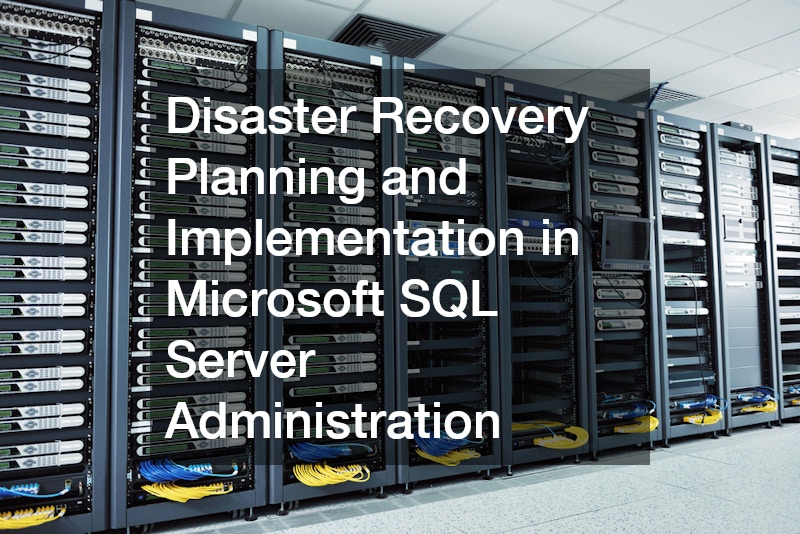In the realm of Microsoft SQL Server administration, a robust disaster recovery (DR) plan is paramount. Organizations depend on their databases for critical operations, and any downtime can lead to significant financial and reputational damage.
A well-thought-out disaster recovery strategy ensures data integrity and business continuity.
Understanding Disaster Recovery
Disaster recovery involves a set of policies and procedures to recover and protect a database after a catastrophic event. These events could range from hardware failures and cyber-attacks to natural disasters. The goal is to restore normal operations as quickly as possible while minimizing data loss.
Key Components of a Disaster Recovery Plan
Risk Assessment: Identify potential risks and their impact on SQL Server databases. This step involves understanding the criticality of different databases and the acceptable downtime for each.
Backup Strategy: Implement a comprehensive backup strategy. Regular backups are the backbone of any DR plan. It’s essential to schedule full, differential, and transaction log backups to ensure data can be restored to a specific point in time.
Replication: Use SQL Server’s built-in replication features such as Always On Availability Groups or Log Shipping. These tools replicate data to secondary servers, providing redundancy and high availability.
Failover Planning: Design a failover process that automatically or manually switches to a standby server in case of primary server failure. This ensures minimal disruption to database services.
Testing and Validation: Regularly test the DR plan to ensure it works as expected. This includes simulating disaster scenarios and practicing data restoration processes to identify any gaps in the plan.
Implementation Steps
Documentation: Clearly document the DR plan, including detailed procedures for backup, replication, and failover. Ensure this documentation is accessible to all relevant personnel.
Training: Train the IT team on executing the DR plan efficiently. Regular training sessions help ensure everyone is prepared for an actual disaster.
Monitoring: Continuously monitor SQL Server environments to detect potential issues early. Use monitoring tools to alert administrators about failures, allowing for quick response.
In conclusion, effective disaster recovery planning in Microsoft SQL Server administration is not just about having backups but ensuring a comprehensive approach to risk assessment, replication, failover, and continuous testing. This preparation is vital for maintaining data integrity and business continuity in the face of unexpected disruptions.
.

